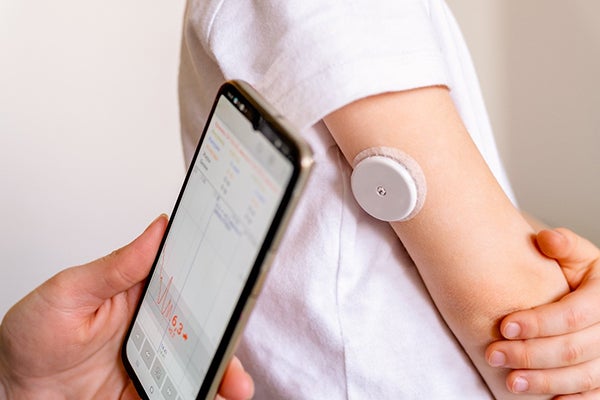As the population ages and we become more conscious of our health and well-being, healthcare professionals are coming under increased pressure to deliver diagnosis, monitoring and treatments remotely.
Until recently, receiving a diagnosis or ongoing monitoring of a condition required a trip to a medical facility such as a doctor’s office, clinic or hospital. However, this is not always convenient with people’s busy lives, especially for long-term monitoring.
Modern technology, such as connected portable monitors, is changing this situation rapidly. Simple, non-invasive, monitoring can now be accomplished without the need to travel to a medical facility. In fact, some highly portable devices can log key medical information while the patient carries on with their lives as normal.
Apart from relieving the strain on medical facilities, the application of this technology also reduces costs – and frees up capacity for those patients whose conditions dictate that in-person visits are necessary.
In less developed areas, it may well be that there is no suitable medical facility to visit – or those that exist are over-subscribed. In these places, remote monitoring may be the only viable way to receive a life-changing diagnosis.
During the recent COVID-19 pandemic medical facilities were overwhelmed and with much of the globe in lockdown, travel to hospitals was prohibited. In this situation, remote monitoring allowed patients to access medical professionals from the comfort and safety of their own homes.
Partially because of enhanced healthcare, people are living longer globally. Combining this with the increased prevalence of non-communicable diseases including cancer, diabetes, and chronic respiratory conditions (which now make up 7 of the world’s top 10 causes of death), the need for monitoring is growing more rapidly than at any time in history.
The Challenge of Delivering Remote Monitoring
National and regionally based health organizations understandably focus on particular issues within their region and have few resources to roll out complex programs. To drive new technologies into general use, healthcare professionals must not only be trained, but programs must also be created to help patients use and interact with whatever medical advice they receive.
The World Health Organization (WHO) recognizes the benefits of remote monitoring in helping to solve many healthcare concerns and they plan to take a leading role in formulating plans for greater adoption globally.
onsemi’s Role in the Remote Monitoring Revolution
For more than 20 years, onsemi has played a significant role in developing the technology that enables and underpins remote medical devices. Their continued involvement in a variety of medical applications has allowed them to develop a comprehensive awareness of the performance and reliability required to succeed in the challenging medical market.
Miniaturization is key to portability and onsemi has led the way in developing tiny system-in-package (SiP) solutions based upon their advanced in-house packaging technology and FDA compliant manufacturing.
Alongside onsemi’s in-house manufacturing capabilities and technical expertise, onsemi has a wealth of experience in developing ultra-low power solutions for devices that are generally small and have a restricted power source (such as a coin cell) – very similar attributes to portable medical monitors.
As a result, onsemi technology is ideally placed to support the advancement of a wide variety of devices that are used in the monitoring and treatment of multiple common conditions including:
- Hearing aids (brain atrophy)
- Pulse oximeters for measuring blood oxygen levels (pulmonary disease, heart disease, COVID-19 diagnosis)
- Electrocardiograms for measuring heart activity and for listening to heart and lung activity (multiple conditions)
- Blood glucose monitors, including continuous glucose monitors (CGMs) for measuring blood sugar levels (diabetes)
While the devices and the conditions are quite different, the technologies used have a high degree of similarity. Key requirements for these devices include ultra-low-level signal sensing, signal processing, control, and secure connectivity – all areas where onsemi has an established track record.
Connectivity for these devices is primarily via protocols such as Bluetooth® Low Energy (Bluetooth LE) technology that permits wider connectivity via a smartphone. With advances in the Bluetooth LE protocol and innovative devices from onsemi, wearables and other small medical devices can operate for up to a decade without changing batteries.
onsemi is proud of its role in enabling small, smart, accurate medical products that will contribute significantly to the acceptance and growth of remote monitoring as a key medical technology of the future.



